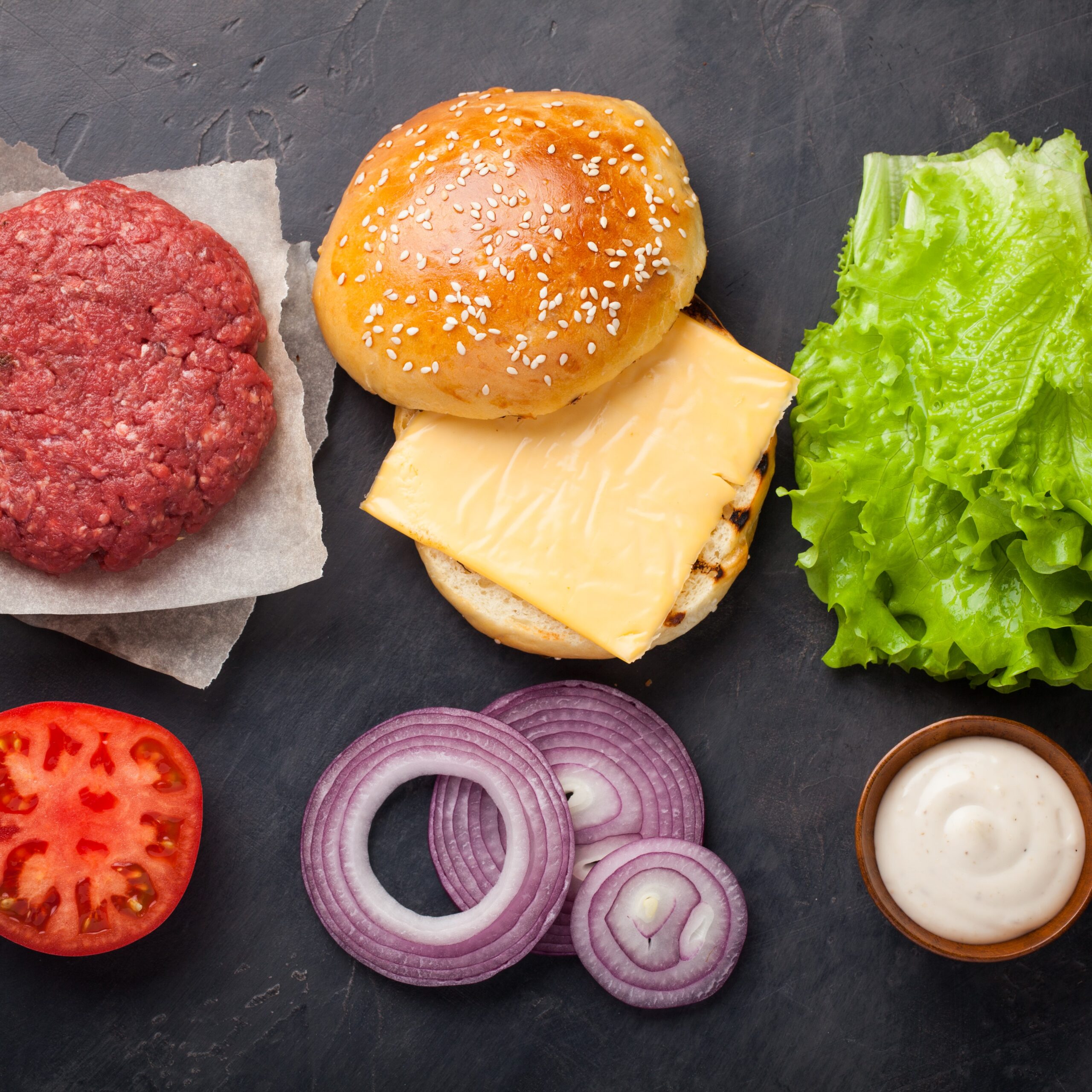Building Takeout for Dietary Restrictions
By Lucia Weiler RD Registered Dietitian, Nutritionist
Planning a menu for takeout can be challenging if you’re building it for guests who have dietary restrictions. Here are 5 recommendations from our Registered Dietitian / Nutritionist on building takeout food for dietary restrictions.

1. Recognize the importance of food allergies
Food allergies are more common than you may think! Over 3 million Canadians are affected by food allergy, and 1 in 2 Canadian households are impacted by it. The most common food allergens are peanuts, tree nuts, sesame seeds, milk, eggs, fish, shellfish, soy, wheat, sulphites and mustard. Food allergies can cause serious illness and even death and can’t be taken lightly. The only way to prevent an allergic reaction is to COMPLETELY AVOID the offending allergen. It’s also important to recognize the significance of avoiding cross-contact and know that cooking or freezing does NOT remove an allergen.
2. Understand food intolerances and preferences
Food intolerance is an unpleasant reaction to food but it is not the same as a potentially deadly food allergy. One of the most common food intolerances is to dairy products. Gluten intolerance is linked to the protein found in grains like wheat, rye, triticale and barley. Dietary preferences may be related to personal lifestyle choices or religious practice. For example, vegetarian and vegan foods are common dietary preferences. Vegetarian foods do not include meat or fish but do include dairy, eggs and honey. Vegan foods exclude all ingredients sourced from animals such as meat, fish, eggs, dairy, honey and gelatin.


3. Communicate clearly to customers
Ask your guests about their dietary needs and clearly communicate your ability to accommodate their dietary restrictions. Customers who are allergic to foods such as nuts, shellfish, wheat or eggs want ingredients to be identified. Because of the increased interest in nutrition and food ingredients, many foodservice operators provide information about options for dietary preferences on their menu, social media and website.
4. Make simple menu swaps to accommodate dietary preferences
Create your menu keeping in mind the common food allergies and dietary restrictions. For example, using oil instead of butter means that the vegans and those with dairy allergies can enjoy the dish too. Offer customizable options to meet different dietary needs. For example, building their own salad or pizza allows people to choose ingredients to meet their individual preferences.


5. Invest in training and professional development
Train staff to handle request for dietary modifications. Restaurants can reduce the risk of food allergy reactions by training staff on food allergies, using separate equipment and areas to prepare food, and providing ingredients list for menu items. If you’re not familiar with dietary restrictions and related labelling, consider consulting with a registered dietitian to ensure your menu meets the necessary criteria and your customers’ needs.


If you have questions or comments about this story, please email [email protected]
References: Health Canada, Food Allergy Canada, Centre for Disease Control

